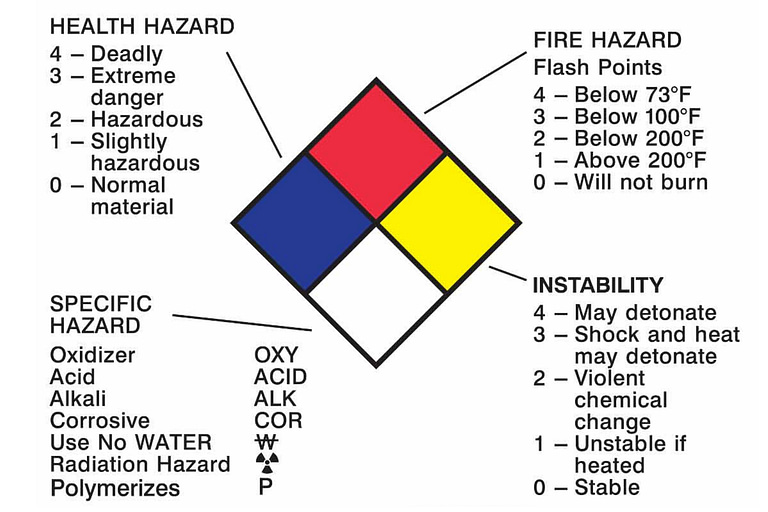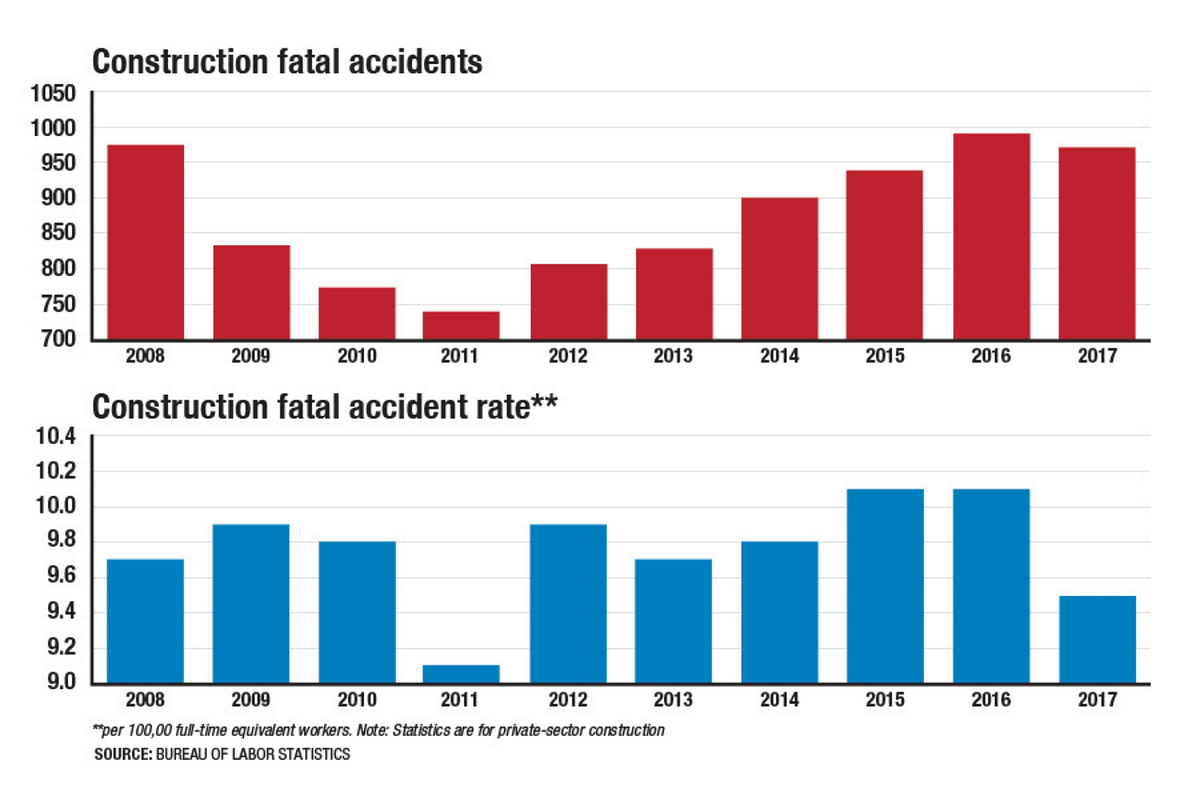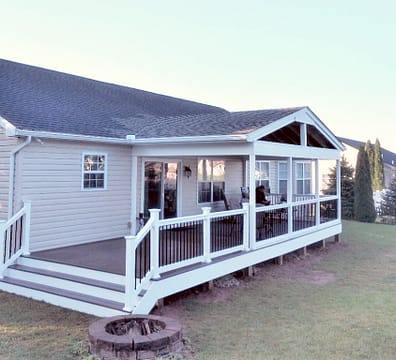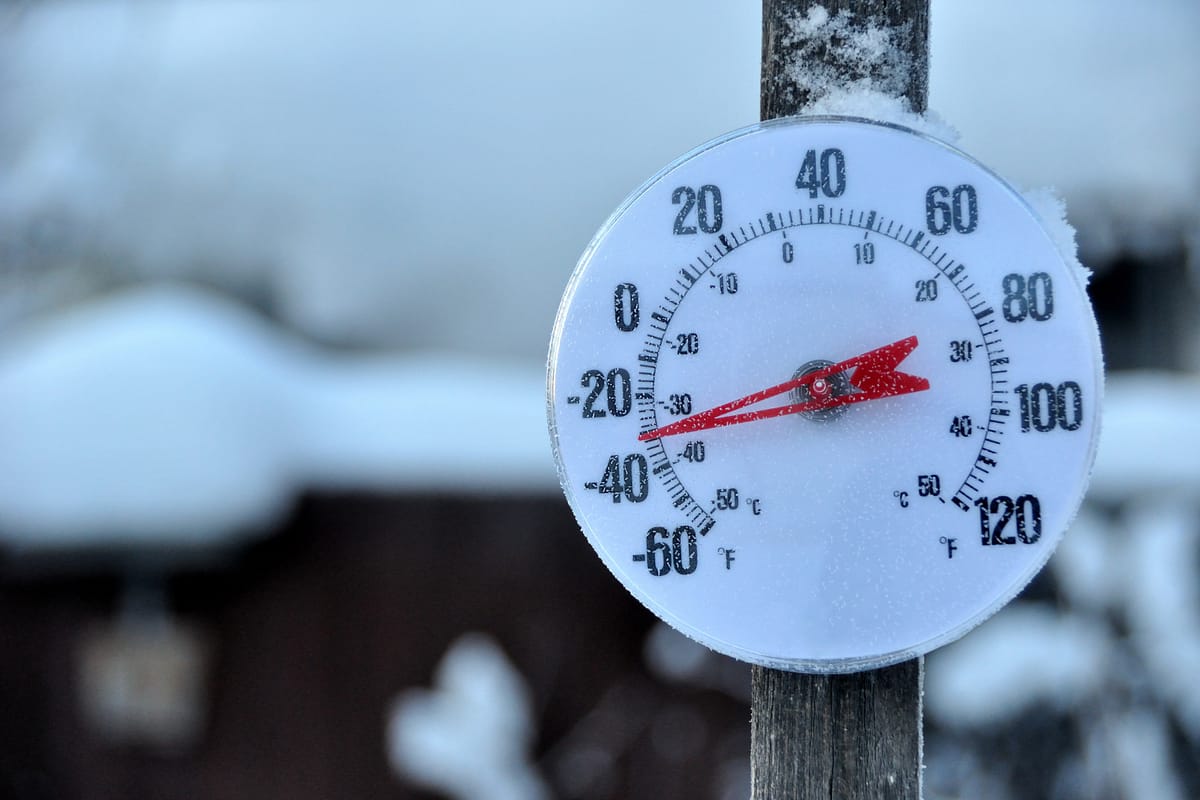Toolbox Talk: Hazardous Chemicals - Four Routes of Entry
January 26, 2021

Chemicals exist on virtually every single worksite. Many chemicals used on the job are hazardous to humans depending on how an individual comes into contact with them as well as the amount of the chemical they are exposed to. Employees need to understand the chemicals they are exposed to and the possible routes of entry. There are four ways a chemical or substance can enter the human body. These four routes of exposure include: inhalation, absorption, ingestion, and injection.
The Four Routes of Entry
- Inhalation – Inhalation is the most common route of entry a person comes into contact with a chemical. Once inhaled, chemicals are either exhaled or deposited in the respiratory tract. Upon contact with tissue in the upper respiratory tract or lungs, chemicals may cause health effects ranging from simple irritation to severe tissue destruction. The chemical can also go onto affecting organs that are sensitive to the chemical.
- Absorption – Getting chemicals onto the skin or eyes can result in redness and irritation all the way to severe destruction of tissue or blindness. The eyes are especially sensitive to chemicals. Some chemicals have the ability to pass through the skin and get into the blood stream of a victim. This can lead to systemic problems in the organs.
- Ingestion – Chemicals that inadvertently get into the mouth and are swallowed do not generally harm the gastrointestinal tract itself unless they are irritating or corrosive. Some chemicals can be absorbed through the gastrointestinal track where they enter the bloodstream. Once in the bloodstream they can cause damage to the organs.
- Injection – Though not common, injection of chemicals into the body can occur. A sharp object can be contaminated with a chemical or substance and penetrate the skin. The chemical is then in the body and can make its way into the bloodstream where it can damage organs or other tissue.
Safe Work Practices When Working with Chemicals
- Know the chemicals you are working with. Read the SDS to understand the safe handling procedures and what to do if you come into contact with the chemical.
- Eliminate chemical hazards where possible. Do not use extremely hazardous chemicals unless absolutely necessary. Substitute a less hazardous chemical in place of a more hazardous chemical.
- Engineer chemical hazards out of the workplace. Engineering controls include ventilation such as fans, barriers to create distance or a shield from chemicals, filters, etc.
- Wear the correct PPE to protect yourself from the chemical. PPE such as respirators, goggles, a face shield, chemical gloves, and a lab coat are some examples to create barriers between your body and a chemical.
Source: https://www.safetytalkideas.com/safetytalks/hazardous-chemicals/
![BLM Stripes Brand [Recovered]](https://mlijpfrvxa9g.i.optimole.com/w:1920/h:241/q:mauto/ig:avif/f:best/https://blmconstruction.net/wp-content/uploads/2021/06/BLM-Stripes-Brand-Recovered.png)










